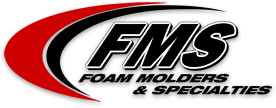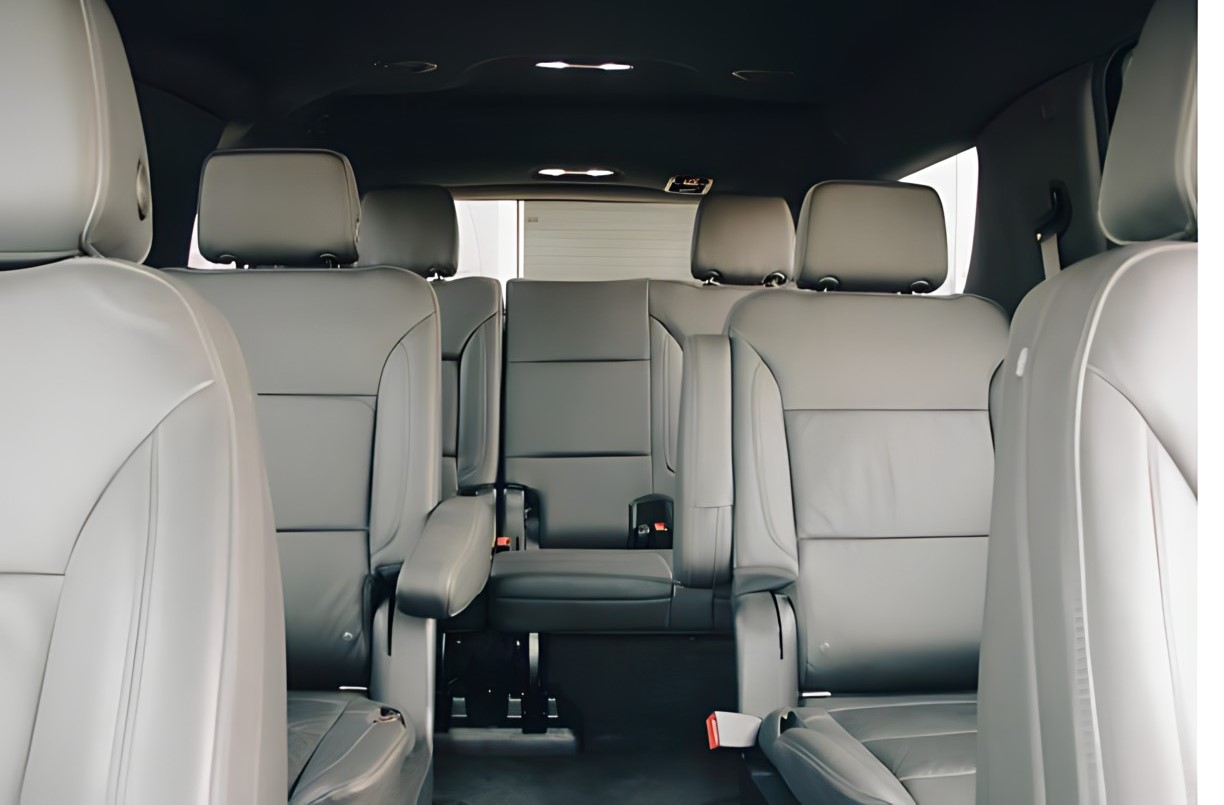Foam fabrication has seen a rise in popularity in the manufacturing industry due to the many advantages it has. Foam fabrication is basically using lightweight foam made of different materials which are then shaped and molded into products for various uses.
In the automotive and aerospace industries, there are many applications for foam fabrication. These industries require parts that are strong and lightweight, so the foam is often the material of choice. Foam can be fabricated into a variety of shapes and sizes, so it can be used for everything from car seats to cushioning, inserts, and airplane parts.
In this blog post, we will explore foam fabrication in some detail including the custom foam fabrication process, cutting, and other such aspects. We will discuss how we at foam molders use foam fabrication to meet the industry needs in the aerospace and automobile industries.
What is Foam Fabrication?
Foam fabrication is the process of creating a three-dimensional object from a foam material. This can be done using a variety of methods, including molding, thermoforming, carving, and shaping. Foam fabrication is often used in the automotive and aerospace industries to create prototypes and custom parts.
Foam fabrication can simply be about choosing the right foam material and cutting and shaping it into the desired shape for use in other manufacturing processes in the simplest form. It could also mean using techniques like convoluting and thermoforming to mold the foam material into more complex materials.
Foam fabrication is a preferred method for a lot of manufacturing processes. These processes can use closed-cell foam such as EVA or polyethylene foam and other open-cell foams like polyurethane foam.
Foam products are widely used in custom packaging solutions, foam cushioning, upholstery, foam inserts, and other applications in areas such as healthcare, automobile, electronics, and recreation.
What Materials are Generally Used for Foam Fabrication?
The most common type of foam used in foam fabrication is polyurethane foam. This material is lightweight, durable, and easy to work with. It can be molded into almost any shape, making it ideal for creating complex parts. Polyurethane foam can also be painted or coated with other materials to give it different properties.
Another popular type of foam used in foam fabrication is Expanded Polystyrene (EPS) foam. EPS foam is similar to polyurethane foam, but it is less dense and more flexible. It is often used for creating parts that need to be lightweight and have a lot of give, such as body panels for racecars.
Many other types of foams can be used for foam fabrication, such as crosslink polyethylene foams, PVC foams, reticulated foam, polyether foam, and neoprene foams. Each type of foam has unique properties that make it well-suited for specific applications. For example, phenolic foams are often used for insulation because they have a very low thermal conductivity.
Why is Foam Fabrication Used Widely in the Aerospace and Automobile industries?
Foam fabrication is used extensively in the automotive and aerospace industries for a variety of reasons. Foam is an excellent material for these industries because it is lightweight, durable, and has a variety of applications.
Foam is often used in automotive and aerospace applications because it is lightweight. This means that it takes less energy to move vehicles or aircraft that contain foam components. The foam also provides good insulation, which can help keep temperatures regulated inside automobiles and airplanes.
Another reason why foam fabrication is used so widely in these industries is that it is very strong and durable. Foam components can withstand a lot of wear and tear, making them ideal for use in products that will see heavy use. Foam is also resistant to many chemicals, meaning that it won’t break down easily in the event of an accident or spill.
Finally, foam fabrication offers a versatile range of applications. It can be used to create everything from dashboards and seats to gaskets and seals. This versatility makes foam an ideal material for use in a wide variety of automotive and aerospace products.
What are the Different Steps Involved in Foam Fabrication?
Foam fabrication is the process of creating cut foam for use in different applications. There are three main steps involved in foam fabrication:
- Foam Pre-production
- Foam Production
- Foam Post-production and foam cutting
Foam Pre-production: This stage involves the creation of the molds and dies that will be used to shape the foam during production. It also includes the preparation of the foam materials themselves, which must be mixed and heated to the correct consistency before they can be worked with.
Foam Production: This is the stage where the actual foam fabricating takes place. The molds and dies created in pre-production are used to shape the foam into its final form. Depending on the application, different techniques may be used during this stage, such as injection molding or vacuum forming.
Foam Post-production: Once the foam has been fabricated, it must undergo a series of post-production processes to ensure that it meets all quality standards. These processes can include trimming, surface finishing, and testing for strength and durability.
In most custom foam solutions, the fabrication process is all about cutting the foam into the desired share using different fabrication techniques. Depending on the type of foam being used and the requirements, the required method is chosen. Here are some of the common foam fabrication techniques.
CNC Cutting
CNC cutting is a computer-controlled process that uses a cutting tool to remove material from a workpiece. The cutting tool is mounted on a spindle and moves in a linear or rotary motion, depending on the specific machine.
The CNC cutting process can be used to cut a variety of materials, including metals, plastics, and foam. The CNC cutting process is relatively fast and efficient. It can also produce parts with high accuracy and repeatability.
In foam fabrication, CNC cutting is used to cut the foam sheet into the desired shape. The design is created on the computer using design tools and the system then cuts the foam sheets according to the specifications given.
Waterjet Cutting
Waterjet cutting is a process that uses a jet of water to cut materials. The water jet is directed at the foam material with high pressure, which cuts through the material. Waterjet cutting can be used to fabricate foam parts from closed-cell foams and high-density foams as well as materials such as polyurethane foam.
Die Cutting
Die cutting is a method of fabricating foam parts for the automotive and aerospace industries. Die cutting involves using a die to cut out shapes from a sheet of foam. The die is pressed onto the foam sheet which cuts the sheet in the designed shape. For custom applications, dies are designed as per the required specifications and then used to cut foam sheets.
Hotwire Cutting
Hotwire cutting is a technique that is best suited to create an accurate straight edge in foam sheets or blocks. In this technique, a heated wire is used to cut through the foam at desired thickness and shape. This is a great process when you have to cut cavities and contours into the foam sheets.
Profile Cutting
Profile cutting uses special machines to compress and form profiles on one side of the sheet. The machines usually consist of rollers with profiles that will split the sheet into 2 and profile one side of these sheets. This is particularly useful in producing foam lining and other such products out of a continuous foam sheet.
Thermoforming
Thermoforming or heat forming is used to shape foam into the desired product which is often not achieved by just cutting the foam sheet. This process involves heating the foam to a high temperature and then setting it into a mold and cooling it rapidly. Thermoforming uses a set of different techniques such as vacuum forming and injection molding. These are used to create foam parts with complex shapes which can be hard to achieve through a normal cutting process.
Conclusion
The automotive and aerospace industries are always looking for ways to improve their products and reduce costs. Foam fabrication is critical in these industries By using foam to create parts and components for vehicles, manufacturers can create lighter, more fuel-efficient vehicles that perform better and cost less to produce.
Foams can be molded into high-quality products which are quite durable and last a long time. The processes involved are also quite cost-effective and can be used to produce foam parts at scale for various industries.
At Foam Molders, we are experts in making foam products that work for you. We work with you to design, prototype, and produce foam components using a variety of materials. We work with commercially available foam sheets or custom designs based on your need. Talk to our experts to know how we can help you!

